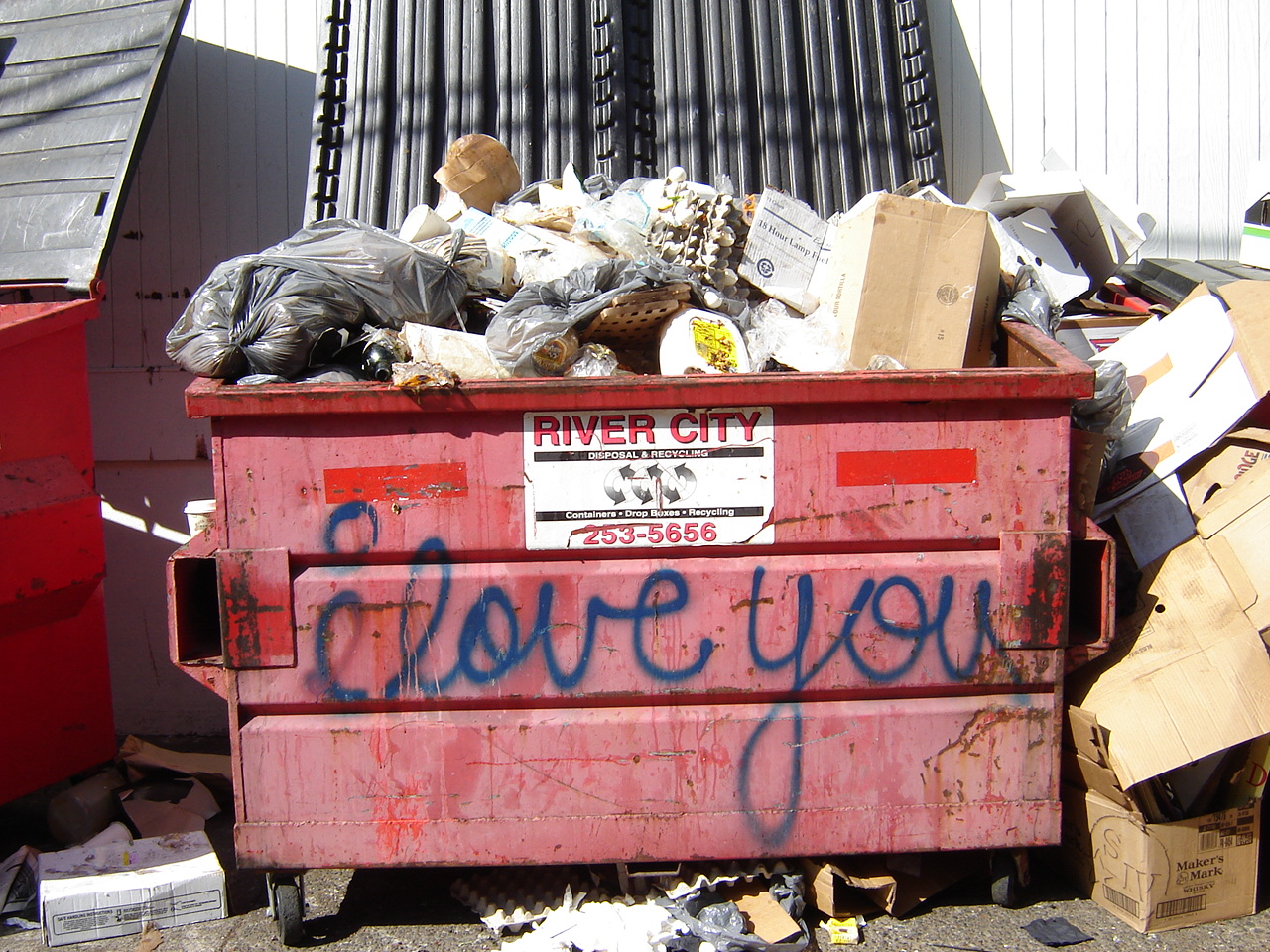
Thoughts of Cheryl have frequently crossed my mind the past year since her disappearance near the Mountlake Terrace transit center one wet, dark, cold Monday morning last February. Her loved ones, after extensive searching, discovered her body a week later, on Valentine’s Day, in a culvert, facedown in the creek, a plastic bag taped loosely over her head and no signs of struggle or violence.
Following months of mysterious silence, the medical examiner declared her death a suicide. This mom, wife, grandmother, sportswoman, and cancer scientist who reportedly had every reason to live, was in good health, good financial shape, no debt, house paid off, a cabin in the woods, stable marriage to her high school sweetheart, no history of mental illness or depression, and had recently adopted a pet. Her disappearance and sudden death haunted this community. Those of us who followed the story waited anxiously for updates or clues or additional information and felt an eerie vulnerability when traveling on foot in the streets around the transit center, at the nearby lake, or to and from the bus stop in the dark before and after work.
Cheryl’s disappearance and death altered my routine, my sense of safety, my willingness to venture out alone in parts of the neighborhood I otherwise would have explored. Her end seemed so undeserved, so unnecessary and cruel.
Six months to the day after her disappearance, a new detail to gnaw on: The husband updates his social media cover photo to a new one of himself and his new love, a younger, thinner, blonder love. I wonder about the shock of a painful discovery, a week before Valentine’s Day, that may have been simply too much to bear. When the beloved loves another, does one go on or remove oneself from the running? The brokenhearted sometimes take such heartbreaking actions. I speculate from a distance of knowing nothing at all of these people or their truth. But it is so that Cheryl’s lifelong love has moved on rather quickly either way.
Above: “I Love You,” Portland, Oregon, 2005.